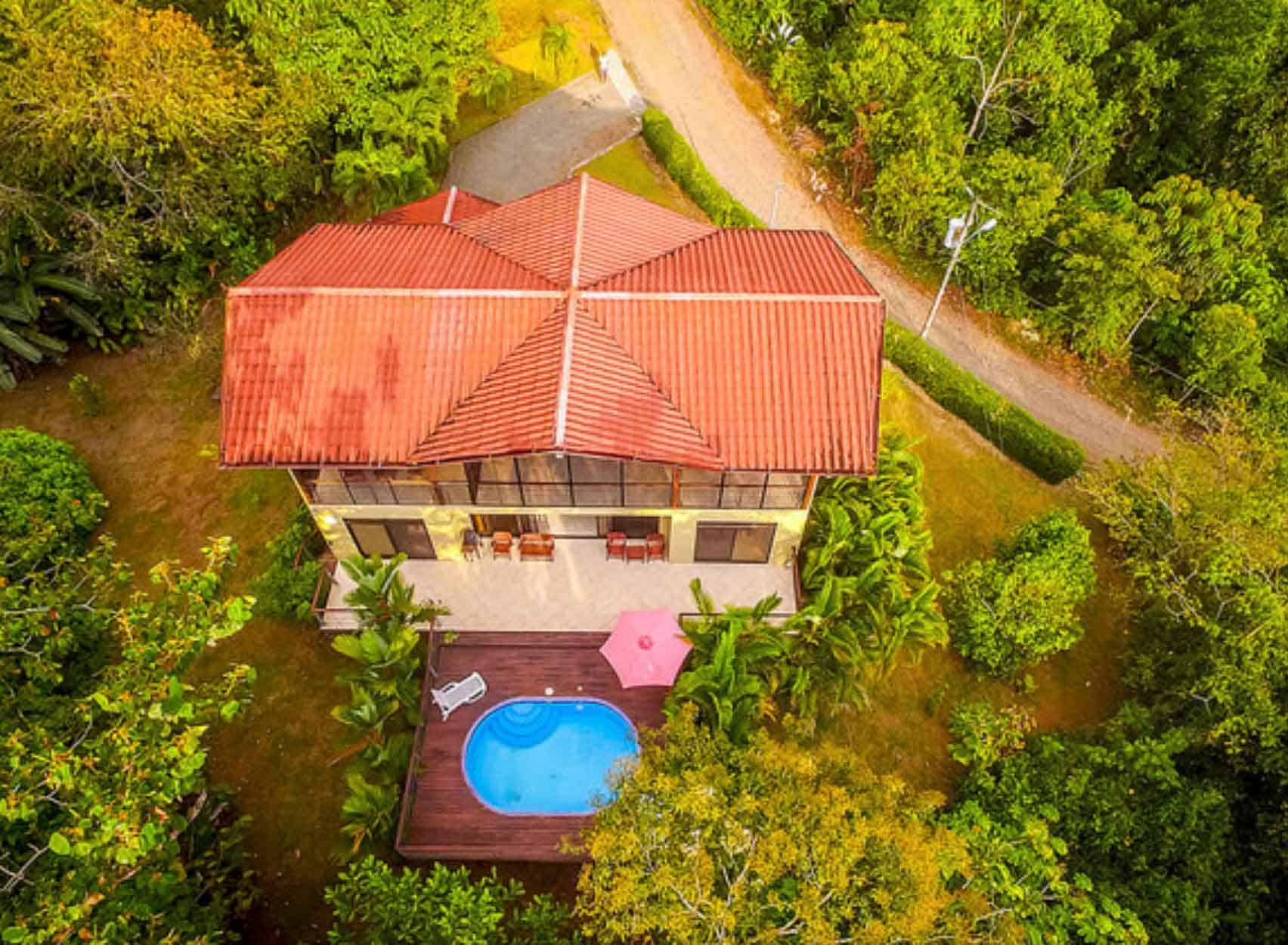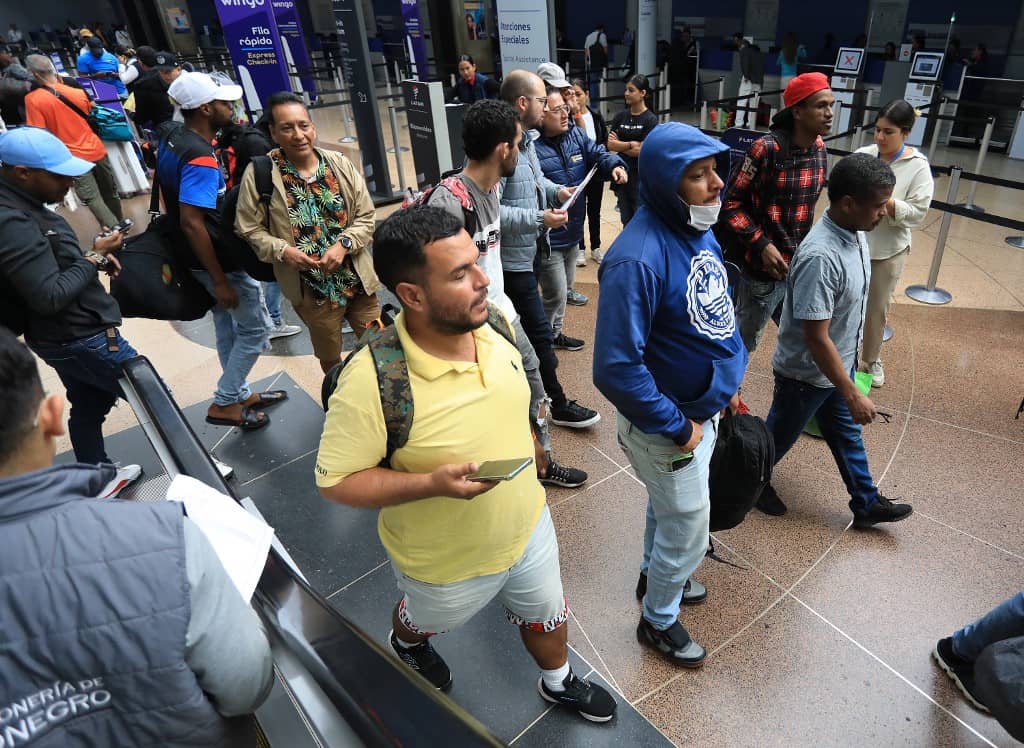Q COSTARICA — Residents and activists in Santa Ana held a grand celebration Tuesday night after the City Council unanimously approved a modification to the Regulatory Plan that limits the land uses of the Lorne Ross Urban Natural Park to those defined in the Management Plan approved by the National System of Conservation Areas (SINAC).
Specifically, the reform consists of the addition of Article 62bis to the Zoning and Land Use Regulations of the Regulatory Plan of the Municipality of Santa Ana.
The new text also provides that “said uses must be aligned with the Technical Study prepared by SINAC, which was endorsed by the National Council of Conservation Areas (CONAC) in December 2024, as well as with the provisions of Vote 2821-2002 of the Constitutional Court.”
Among the considerations included in the municipal agreement, it is noted that the “Lorne Ross Conservation Area has high ecological, scientific, scenic, and cultural value, the protection of which has been a long-standing demand widely supported by community and environmental organizations, residents of the canton, and this Municipal Council.”
Furthermore, it is “a new category of non-urban land use, created in the Zoning and Land Use Regulations of the new Regulatory Plan of the Municipality of Santa Ana, with the aim of protecting the natural and cultural resources of the former Santa Ana Conservation Center.”
This area “has the purpose of establishing the Lorne Ross Urban Natural Park. Its delimitation responds to technical criteria related to ecological conservation, forest cover, natural hazard prevention, and its location outside the buffer zone of the Greater Metropolitan Area (GAM).”
It is notable that the Municipal Legal Advisory Office “recognizes the need to restrict certain uses, but maintains other uses incompatible with the environmental purpose of the site as permitted (such as sports centers, gyms, cycling trails, internet cafes, and adventure tourism infrastructure),” all of which “contradicts the spirit of conservation expressed” in the aforementioned SINAC Technical Study.
Local activist Gastón Vargas, president of the Valle del Sol Residential Neighborhood Association (Avasol), explained that the motion, unanimously approved by the Municipal Council, “will be incorporated into the Regulatory Plan, which is being revised by the INVU,” the initiative to protect the Lorne Ross PANU, and “with this, we are closing any loopholes for a potential water park or amphitheater.”
It has taken nearly three decades of struggle for residents and activists in Santa Ana to realize the initiative to create this natural park.
In recent years, the main obstacle has come from legislator Pilar Cisneros, the leader of the Chavista faction in the Legislative Assembly, who sought to promote what she calls a “water park” on the same site.
Cisneros even threatened in March of this year to “paralyze the plenary session for I don’t know how long” if a bill promoted by independent representative Kattia Cambronero to create the Lorne Ross National Unity Party (PANU), processed under file number 23,645, was advanced.
Cisneros’s threat was issued on Thursday, March 20, during the faction leaders’ meeting. Less than a week later, on March 26, a fire broke out at the site, which fortunately did not affect the forested area.
History
In brief, the Lorne Ross Urban Natural Park is a wilderness area of approximately 52 hectares of land, located in the Uruca District of Santa Ana, crossed by National Route 27, donated to the State in 1975 by Lorne Ross so that, after his death, it would be used for environmental conservation in Santa Ana.
However, in 1993, management was granted to the nonprofit foundation called Fundación Pro Zoológicos (Fundazoo), which managed the area for 30 years. The agreement expired, and the future of these lands remained uncertain.
Much of the land comes from a family legacy of the family of Robert Ross Lang, an immigrant of English origin. In 1869, Robert Ross acquired the property to install a sugar cane mill. It is known that the mill already existed at that time, so Ross took advantage of the facilities to sell the product to the National Liquor Factory. Over time, the property became the Hacienda Ross.
Robert Ross died in 1907, and his son Alexander took charge, planting rice, coffee, and sugar cane. In 1918, Alex was one of the largest producers of sugar in the country. Alex died in 1954, leaving the Hacienda divided among his three sons.
One of them was Lorne Ross.
Source link
Rico



